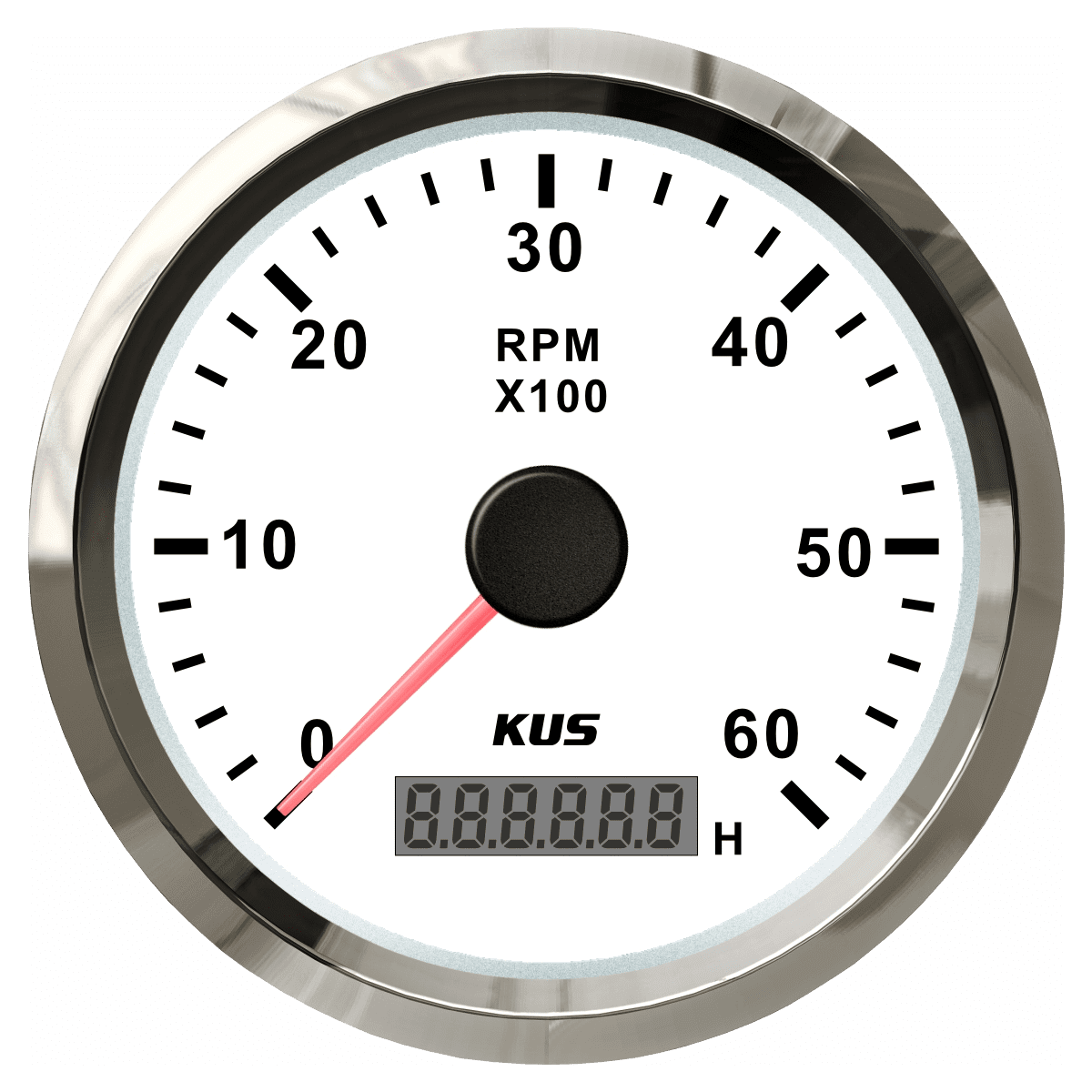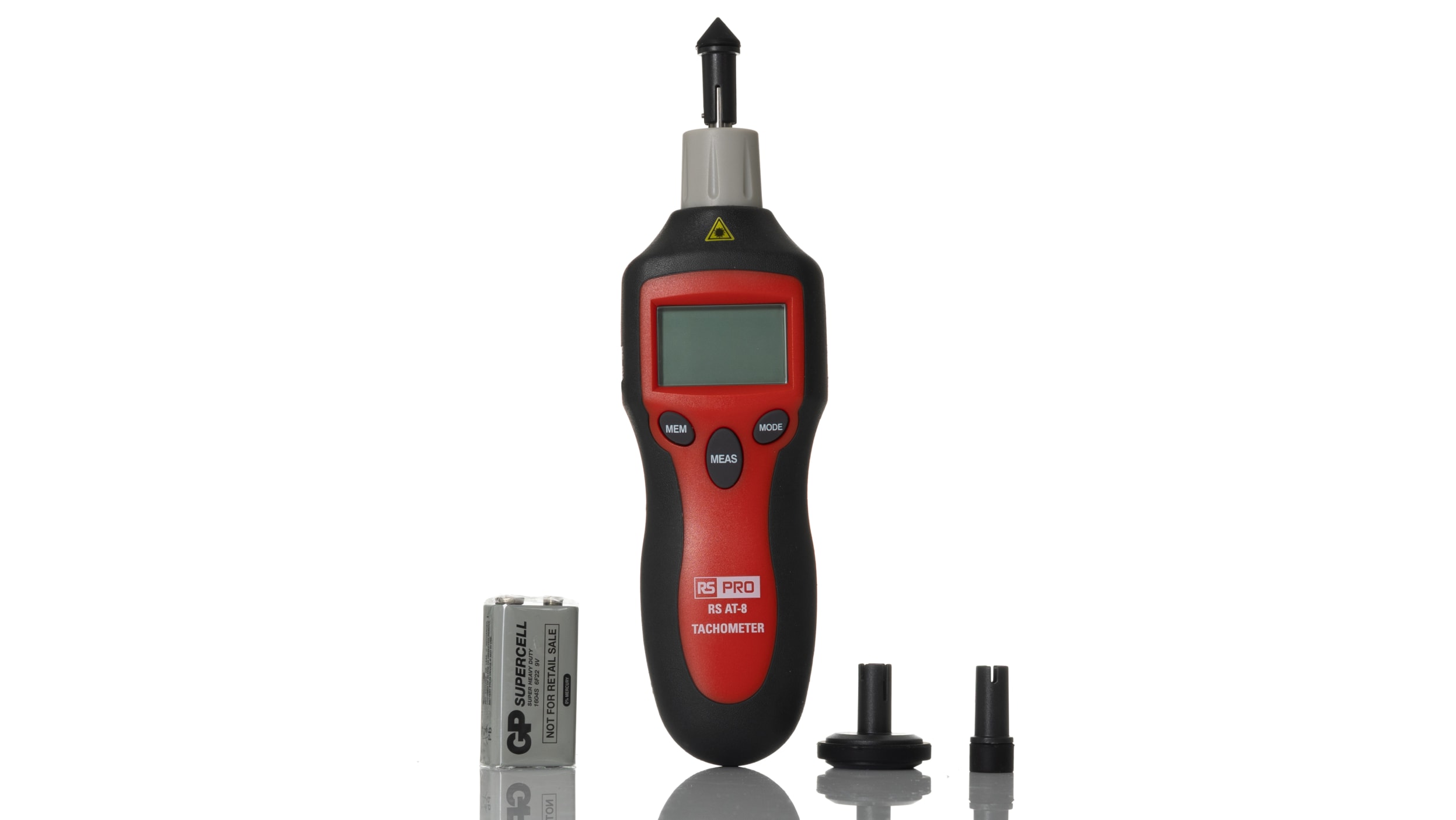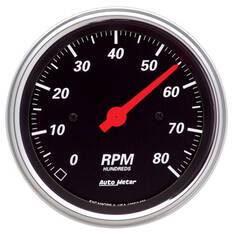The Importance of a Tachometer in Monitoring Engine Speed and Performance in Automotive Applications
In the realm of vehicle engineering, the tachometer stands as a pivotal tool in the vehicle driver's arsenal, providing a straight home window into the internal operations of a car's engine. Beyond its feature as a mere gauge of revolutions per min (RPM), the tachometer offers as a crucial device for fanatics and specialists alike, using real-time insights right into engine efficiency and wellness.
Relevance of Keeping An Eye On Engine RPM
Keeping track of engine RPM, or revolutions per minute, is an important element of automobile maintenance and performance assessment. Engine RPM straight correlates with the rate at which the engine's crankshaft turns, suggesting just how rapidly the engine is running.
In addition, keeping an eye on engine RPM is necessary for efficiency examination in auto racing and high-performance automobiles. In recap, keeping track of engine RPM is not only important for spotting issues however likewise for enhancing engine performance in different vehicle applications.

Benefits of Real-Time Data
In vehicle applications, real-time data plays a crucial function in supplying immediate insights right into the performance and condition of the lorry. By continually keeping an eye on different specifications such as engine speed, temperature, fuel usage, and much more, real-time information provides various benefits that add to improved performance and safety and security on the roadway.
One considerable advantage of real-time information is its capability to alert drivers and professionals to any type of anomalies or issues promptly. This proactive strategy allows quick identification of possible problems, enabling prompt interventions to stop further damage or malfunctions. In addition, real-time data helps with performance optimization by providing prompt comments on driving practices and engine effectiveness. Chauffeurs can change their habits in real-time based on this info to achieve better fuel economy and lengthen the lifespan of their vehicle.

Furthermore, real-time information plays an essential role in contemporary automotive diagnostics, making it possible for service technicians to promptly identify and attend to breakdowns. This leads to minimized downtime, reduced upkeep prices, and ultimately, boosted overall car integrity and long life (tachometer). By utilizing the power of real-time data, auto stakeholders can make educated decisions that positively affect both the performance and longevity of the automobile
Effect On Gear Shifts
Reliable gear shifts in automobile applications significantly influence total performance and driving experience. The tachometer plays an essential function in optimizing equipment shifts by providing real-time engine speed information to the motorist. When coming close to the redline on the tachometer, it indicates the driver to upshift to avoid over-revving the engine and causing potential damages. On the various other hand, downshifting at the right minute can assist maintain the engine in its power band, making sure responsive velocity when required.
In addition, the tachometer help in achieving smoother equipment changes, especially in hand-operated transmissions. By checking engine rate, vehicle drivers can implement equipment shifts at the ideal RPM range, decreasing snagging activities and reducing wear on the transmission components. This accuracy on duty modifications not only enhances driving comfort but also adds to fuel performance.
Enhancing Fuel Efficiency
Given the essential role the tachometer plays in optimizing gear changes for efficiency and engine health and wellness, it straight contributes to making the most of gas efficiency in automobile applications. By providing real-time comments on engine rate, the tachometer helps motorists in maintaining one of the most efficient RPM range for fuel economic situation. When motorists continually keep an eye on the tachometer and readjust their motoring habits accordingly, they can avoid unneeded gas intake triggered by over-revving or lugging the engine.
Additionally, the tachometer helps vehicle drivers identify the most fuel-efficient gear to be in at any kind of provided moment, avoiding the engine from working harder than needed. In conclusion, the tachometer serves as a useful tool in enhancing fuel efficiency by advertising optimum driving behaviors and determining areas for enhancement in the vehicle's performance.

Making The Most Of Engine Long Life
The tachometer's duty in keeping track of important site engine speed and performance is instrumental in ensuring the durability of automobile engines. Keeping an eye on the tachometer allows vehicle drivers to stay within the suggested RPM variety for their vehicle, protecting against unnecessary pressure on the engine and expanding its life-span.

Final Thought
In verdict, the tachometer plays a critical function in keeping track of engine rate and efficiency in automotive applications. By supplying More Help real-time data on RPM, it enables effective gear shifts, boosted fuel performance, and maximized engine durability. This device is necessary for preserving ideal engine performance and making sure the general performance of a lorry.
Comments on “Tachometer Basics: Everything You Need to Know for Accurate Readings”